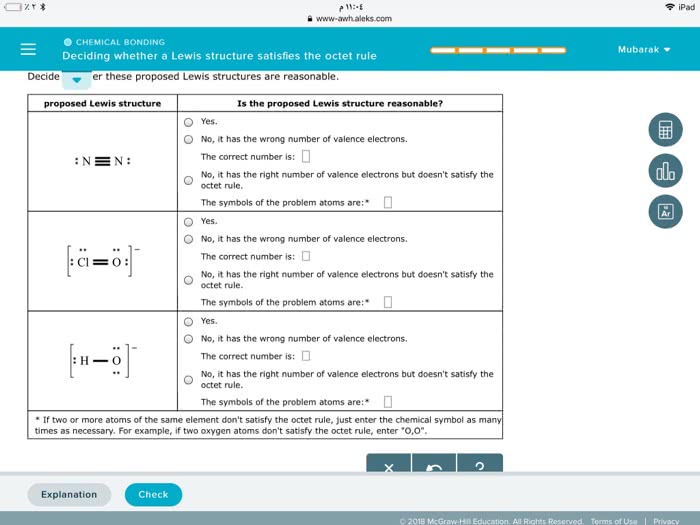CHEM 1000 Lecture Notes - Chemical Polarity, Covalent Bond, Ionic Bonding
Document Summary
Chemical bonding: petrucci, harwood and herring: chapters 11 and 12, aims: To look at bonding and possible shapes of molecules: we will mainly do this through lewis structures. To look at ionic and covalent bonds. Use valence shell electronic structure to predict shapes of molecules. Chemical bonding: the most important concepts here are: Electrons, particularly valence electrons play a fundamental role in chemical bonding. When elements combine to produce compounds they are attempting to achieve a valence shell like a noble gas. Chemical bonding: the driving force for the production of chemical bonds is the need for an atom to complete a valence shell (usually 8 electrons) Often electrons can be transferred from one atom to another to make ions. The atoms are then held together by coulombic forces in an ionic bond. More often the only way an atom can gain electrons is by sharing. Lewis symbols: this is a way of representing the valence electrons in an element.


